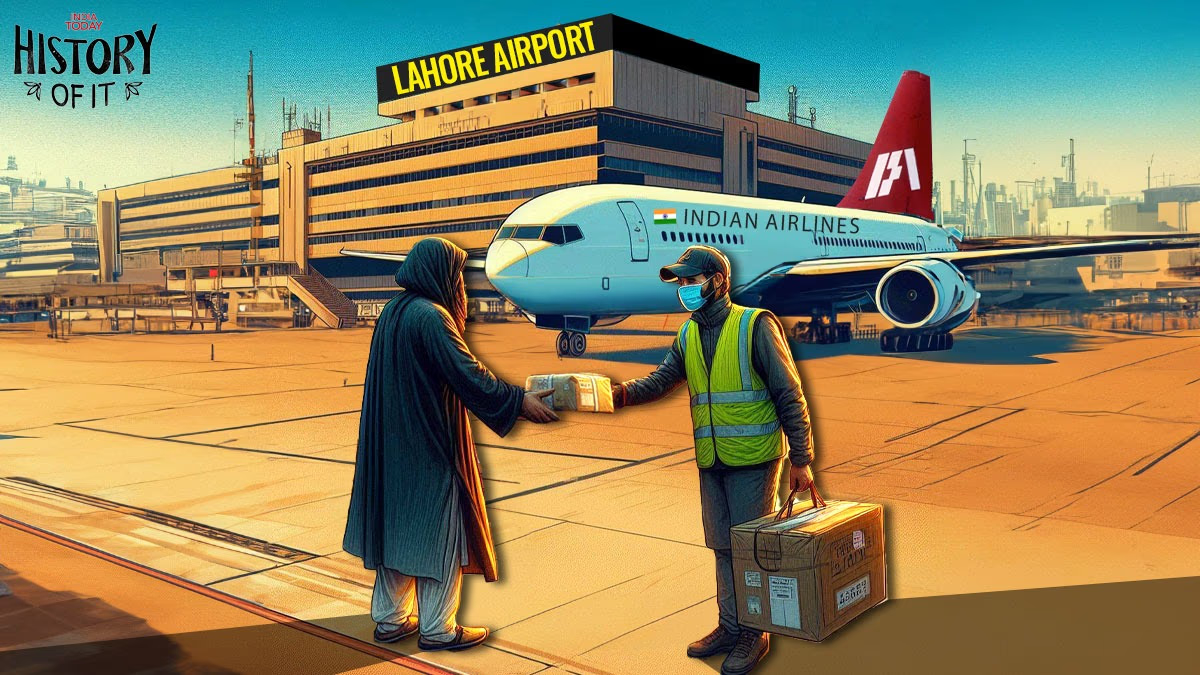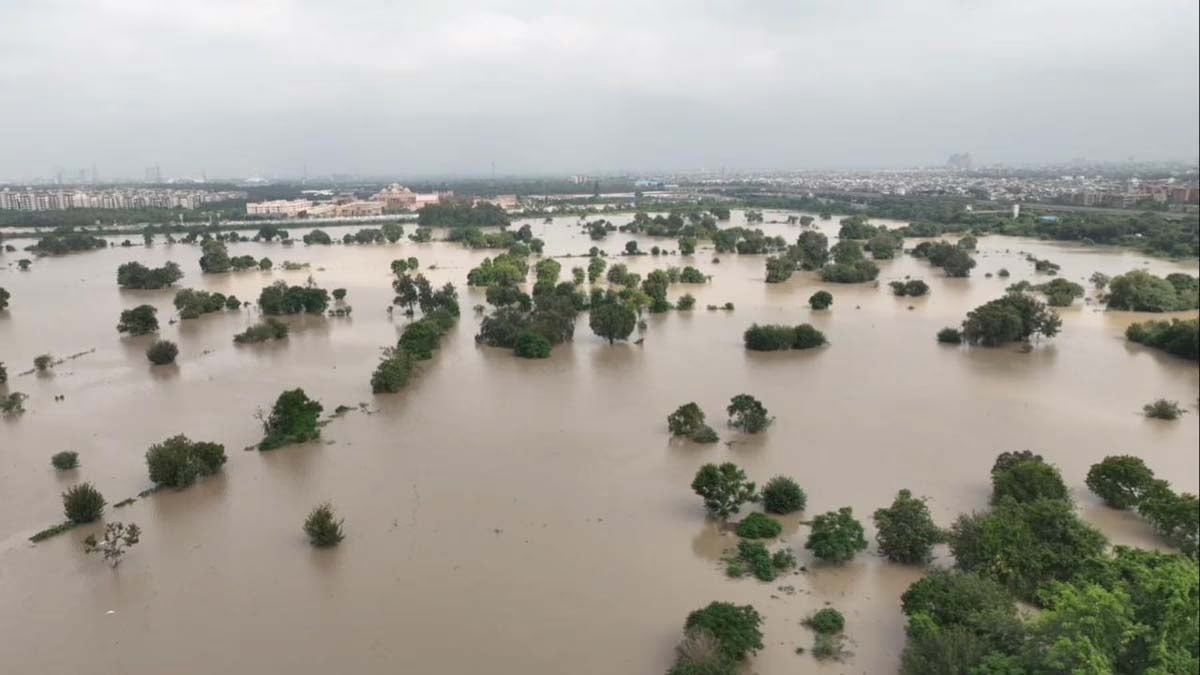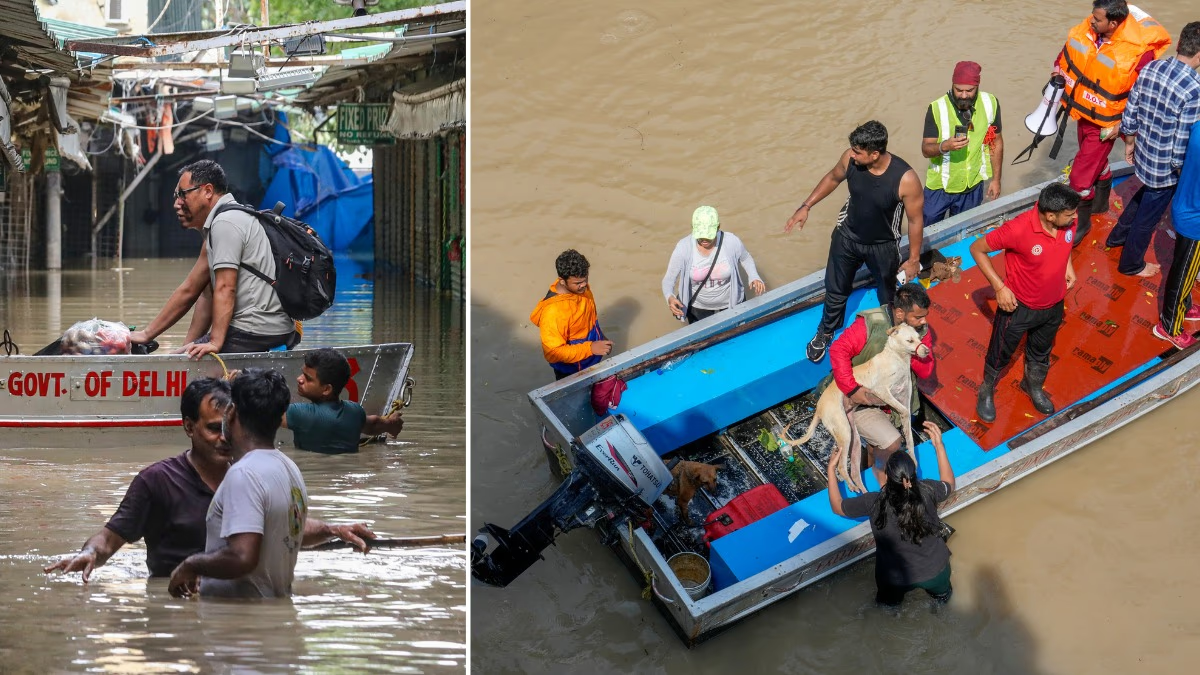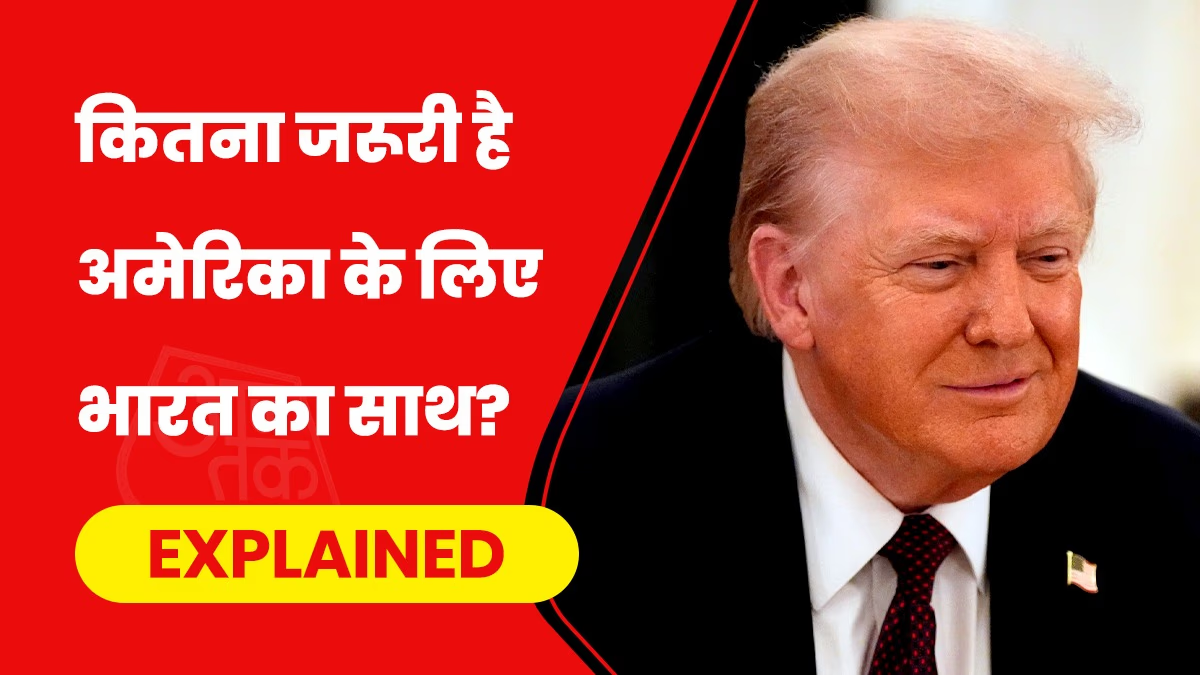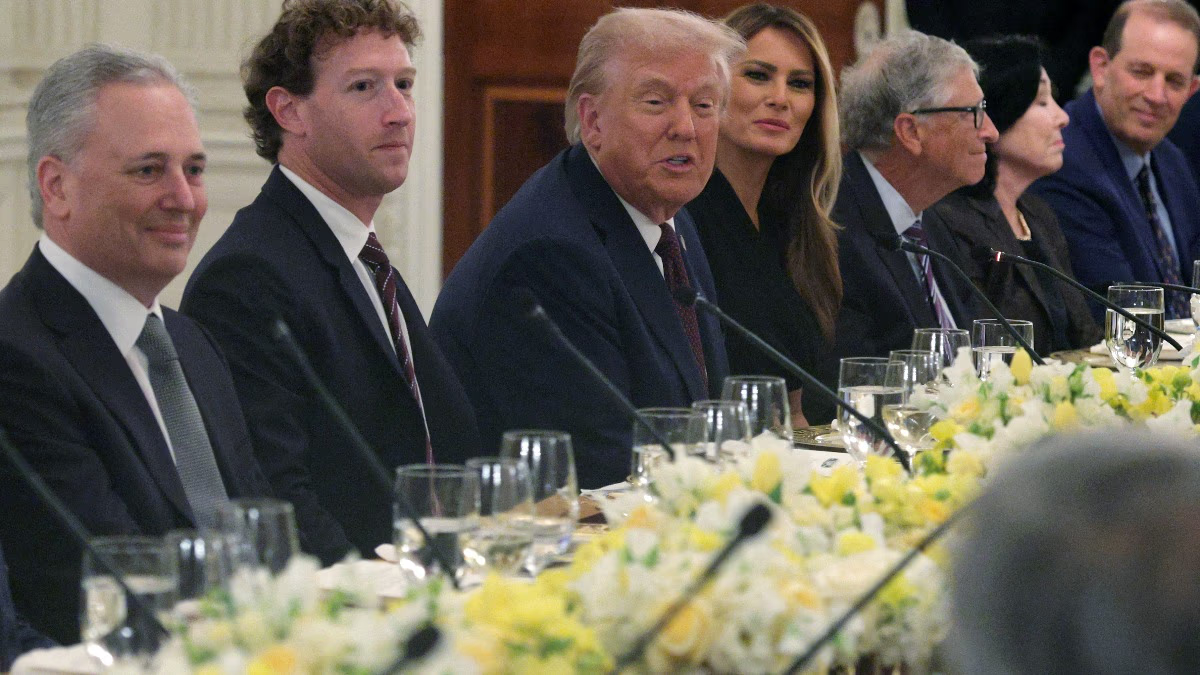In 1984, 40 years ago, an Indian Airlines flight was hijacked by seven Khalistani terrorists. The crew had just served breakfast to the 79 passengers on board when the seven men, who boarded from Chandigarh, stood up from their seats, forced their way into the cockpit, and declared the hijacking.
The cabin of the Boeing 737-2A8 echoed with chants of 'Long live Khalistan' and 'Long live Bhindranwale'. The plane, which had taken off from Delhi, was en route to Srinagar, with stops in Chandigarh and Jammu. This incident occurred on August 24, 1984.
The German Pistol That Made Hijacking Possible
The Khalistani terrorists boarded the plane at Chandigarh airport. In 1984, Punjab was going through turmoil and tension. A few months earlier, the Indian Army had entered the Golden Temple to flush out armed terrorists who had taken shelter there under Jarnail Singh Bhindranwale's leadership.
This hijacking, which occurred 14 years before the infamous IC 814 Kandahar hijacking in 1999, is the longest and most tense airplane hijacking in Indian aviation history. The Boeing jet flew to at least four different airports over a 36-hour period. The hijacking was made possible by a white German pistol that was smuggled into the plane in Lahore wrapped in paper.
Plane Turns Toward Lahore
On the morning of August 24, 1984, the Boeing 737-2A8 took off from Delhi's Palam Airport, with stops in Chandigarh and Jammu before heading to Srinagar. As the plane reached Chandigarh, seven terrorists associated with the banned All India Sikh Students Federation stormed into the cockpit of Indian Airlines Flight 421. All of them were aged between 18-20 years.
According to a 1984 India Today magazine report, the hijackers brandished kirpans (daggers) and demanded that the plane be flown to Lahore. They chose Lahore because they knew the regional jet couldn't fly further west. Before landing in Lahore, the terrorists forced the pilot to circle the Golden Temple twice.
Plane Lands in Pakistan
As the plane entered Pakistani airspace, air traffic controllers in Lahore initially didn't allow it to land. They even blocked the runway. With the plane running low on fuel, the pilot had few options left. After circling Lahore for 80 minutes, the controllers finally allowed the plane to land at 9:50 AM. Landing in Lahore proved to be the most critical moment of the hijacking. While the plane was grounded in Lahore, Indian Prime Minister Indira Gandhi requested Pakistan's President General Zia-ul-Haq not to let the plane leave Lahore.
Hijacker Brandishes Pistol After Takeoff from Lahore
It appeared that the hijackers didn't have a clear strategy. They were consulting with Pakistani officials and flipping through maps to determine their next destination. Shortly after taking off, one hijacker pointed a pistol at the pilot.
Captain V.K. Mehta told India Today, 'Seeing the weapon suddenly appear after leaving Lahore was shocking because before landing, no weapons were visibly drawn during the hijacking. The 'grenades' and 'time bombs' they used to scare people were fake.'
Hijackers Had Fake Weapons
Two British citizens, Dominic Barclay and his wife, later claimed they observed Pakistani officials handing a parcel to the hijackers. This revealed how the terrorists came into possession of the pistol—the only real weapon they had during the entire hijacking.
In a 1984 interview with India Today, Dominic Barclay said, 'I saw one hijacker get down from the plane in Lahore, receive a package wrapped in paper, and then rush back to the plane and draw a pistol from the package.'
Flight attendant Anita Singh told 'The Quint' in an interview, 'Initially, the hijackers didn't have any weapons. They wrapped a digital watch in cloth and claimed it was a time bomb. My training helped me realize it was a fake. They also had turban pins which they claimed were poisonous.'
No Landing Permission in Dubai
What could have ended in a few hours at Lahore dragged on for 36 hours with the plane making two more landings. The plane refueled in Karachi. India Today's journalists Raju Santhanam and Dilip Bob reported, 'The hijackers gained confidence after receiving the revolver during their stopover in Lahore.'
In Dubai, UAE officials initially refused to permit the plane to land, exacerbating the situation's tension. The Boeing 737-2A8, which later evolved into the Boeing 737 MAX, lacked the capability for long-distance flights.
UAE authorities did not allow the Indian Airlines plane to land for over an hour. They turned off the airport lights and radio beacons to prevent the pilot from attempting a visual landing in the dark.
As time passed, cabin crew member Rita Singh informed passengers that if landing permission was not granted soon, the pilots would have to attempt a water landing in the sea near Dubai.
Only 5 Minutes of Fuel Left
Captain Mehta requested Dubai authorities for landing permission, but they remained firm. According to a 1984 report by India Today, 'At 4:50 AM local time, Mehta saw what was probably the most pleasant sight of his life—Dubai Airport lights illuminated as landing permission was finally granted.' When the plane touched down in Dubai, it had only five minutes of fuel left. By then, the hijacking had lasted 22 hours.
India and UAE Start Negotiations
The hijackers insisted on flying the plane to America, while Indian officials began negotiating with their UAE counterparts. UAE Defense Minister Sheikh Mohammed bin Rashid Al Maktoum actively engaged in negotiations for the next 14 hours. UAE's current Prime Minister Sheikh Mohammed bin Rashid Al Maktoum personally returned from Europe to Dubai on his private plane to handle the situation. Indian Minister of State for External Affairs A.A. Rahim, who was in Dubai for a conference, also joined the talks. Indian Ambassador to UAE, Ishrat Aziz, reached the airport.
Breathe Free After 36 Hours
In Dubai's scorching heat, the plane was parked near the terminal, and two ambulances approached. K. Subrahmanyam, then Director of the Institute for Defense Studies and Analyses (IDSA), needed an insulin injection for his diabetes. Food and water were later brought aboard the plane.
At 6:50 PM, the passengers felt a sense of relief when they saw two coaches from the Dubai National Airlines Transport Authority approaching the plane. Ten minutes later, all passengers and crew members breathed free air after 36 hours of tension and fatigue, while the hijackers were taken away in a van.
Hijackers Extradited to India
Contrary to the hijackers' demands to be flown to America or London, the UAE government presented them with two options. They could either face trial under UAE law or be extradited to India for prosecution.
Choosing the comparatively lenient Indian jails over UAE's death penalty, the hijackers were eventually extradited to India by UAE authorities. The rescued passengers and crew were also flown back to India by UAE.
ISI Provided the Pistol to Hijackers
Years later, a book by academic Hen G. Kisling, who spent over a decade in Pakistan, revealed the role of Pakistani intelligence agency ISI in the hijacking. ISI gave the pistol to the hijackers at Lahore airport on August 24, 1984. The pistol was later identified as one supplied to the Pakistani government by West Germany.
